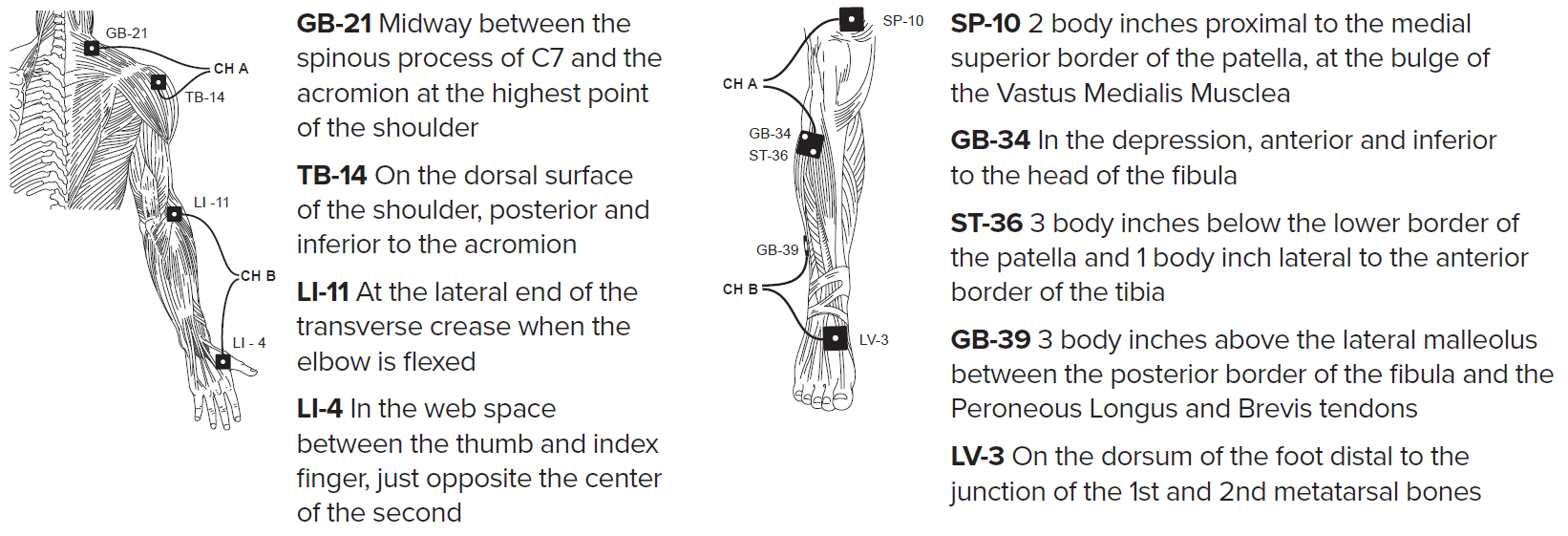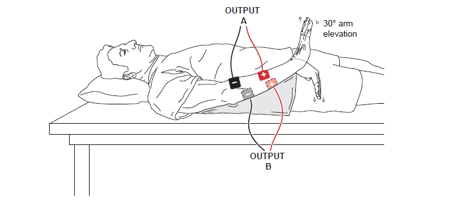Cerebral vascular accident (CVA), or stroke, affects 795,000 individuals each year and is the fifth leading cause of death in the United States, killing 140,000. Approximately 87% of all strokes are the ischemic-type. Additionally, it is the leading cause of serious long-term disability. Individuals who suffer stroke often have communication challenges, dysphagia, pain, edema, depression, limitations in mobility, and impaired functional ability.1,2
The ACP Neuro Rehab Program highlights protocols for treatment of post ischemic stroke effects, with upper and lower extremity set-ups using acupoints to facilitate function, reduce pain, increase profusion, decrease depression, improve quality of sleep, and decrease anxiety. The body inch system is used to determine location of acupoints. (See ACP’s desk reference for additional details.)

Upper and Lower Extremity Triphasic Patterned Electrical Neuromuscular Stimulation (PENS) is used to help re-establish normal recruitment and firing of joint musculature post-stroke. The passive nature of PENS assists with patient compliance when edematous joints, flaccidity, and hypertonicity make therapeutic exercise challenging.

Medium Frequency Alternating Current (MFAC) Muscle Pump electrical stimulation to the wrist and finger flexors/extensors with the arm elevated, hand free to move, and patient assisting (as able) during stimulation provides the best muscle pumping to reduce edema. Unresolved edema in the upper limb may have profound impact on upper limb function. Muscle inactivity, limb dependency, and impaired lymphatic and venous return are contributing factors.

References:
1. CDC.gov
2. strokeassociation.org
